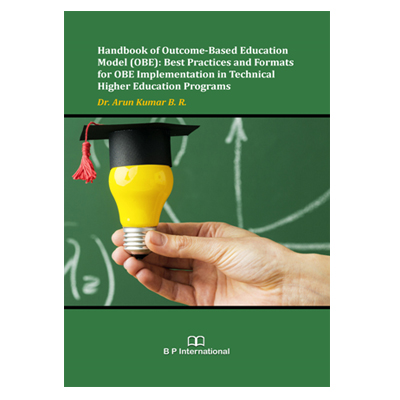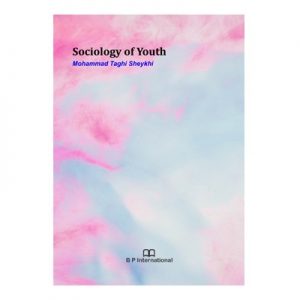I am happy to write the foreword for the book “Handbook of Outcome-Based Education Model (OBE): Best Practices and Formats for OBE Implementation in Technical Higher Education Programs” by Dr. Arun Kumar B.R. I have gone through this book in detail and it has been an enriching, fulfilling, and satisfying experience. As a seasoned academician with 25 years of academic experience who have practiced Outcome-Based Education (OBE) for nearly 10 years, the author has transposed his experience in practicing, implementing OBE principles and processes into an excellent reference material covering a whole gamut of things yet with sufficient depth for undergraduate / Postgraduate programs in institutions/university of higher education with concern to OBE.
This book is useful as we are challenged to boost standards of education in terms of student performance along with measurable outcomes that are significant and relevant. Today, educational organizations need to be more responsive, efficient and address the current needs. The OBE is an educational framework that can be tailored as per designer requirements. This book serves as a basic platform on which OBE principles; processes can be further developed and adopted.
The book runs into more than 120 pages and consists of eight structured chapters. The topics of each chapter are treated concisely with clear definitions of terms and illustrative examples that make the concepts explicit and connected for the implementation of OBE with special reference to professional undergraduate/postgraduate programs.
This book presents the best knowledge of OBE from the implementation perspective comprehensively and straightforwardly. The author has included the best practices, formats, strategies for achieving higher-order learning, and impact analysis of value-added courses. The readers will get exposure to OBE knowledge, best practices, and formats in this book.
I am sure the book will serve as a reference and addresses key thoughts on higher-order learning also points out the flexibility of the OBE model such as restructuring the curriculum, adopting suitable instruction methods, recommending the use of Information Communication Technology (ICT) wherever effective, adopting appropriate assessment methods along with best practices in education rather than earning of just course credits. The systematic, structured, objective, learner-centric, outcome-oriented approach of OBE and its presentation by the author is very much appreciable; it is going to help the academic community.





